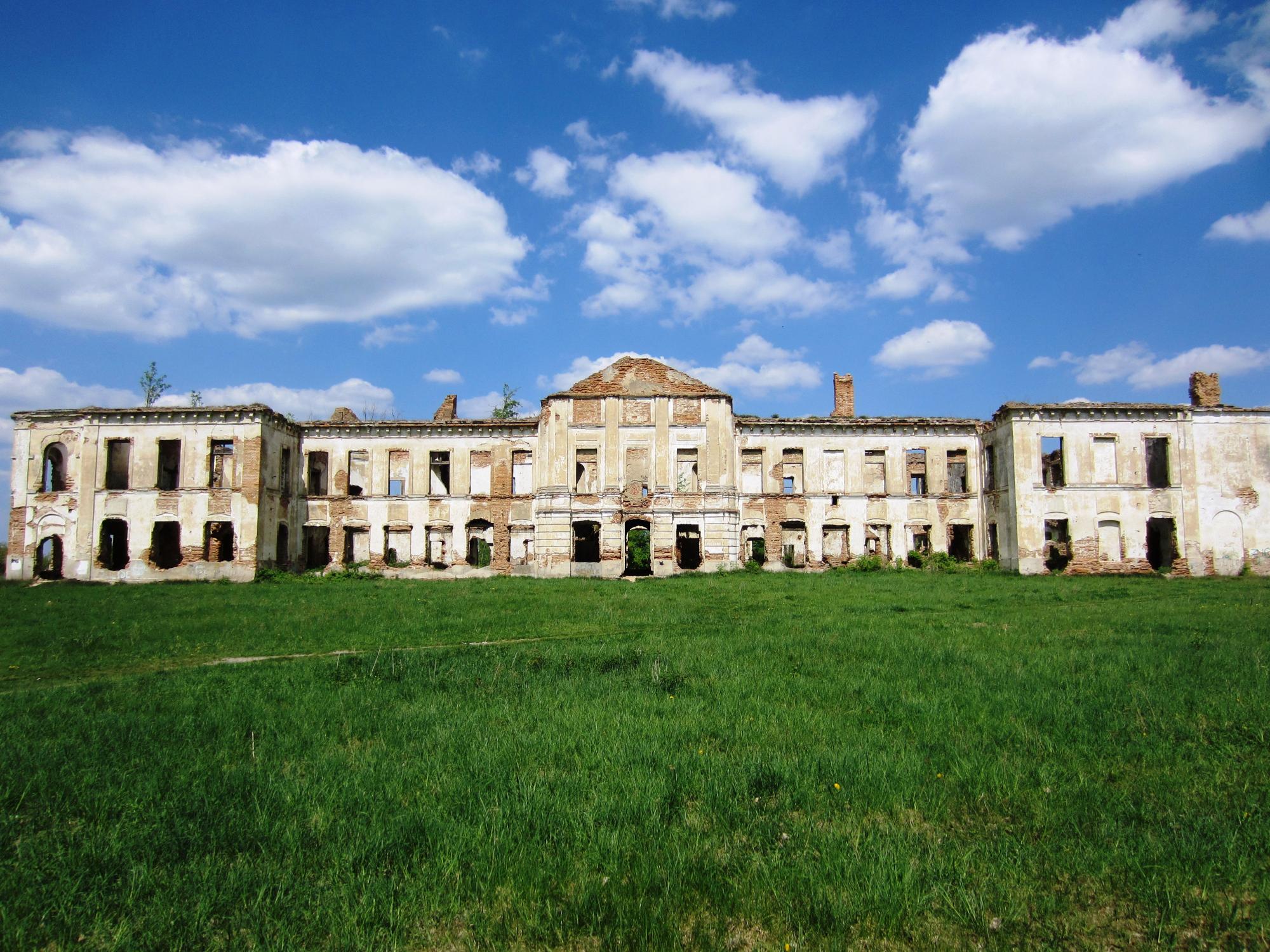Grand and historic: Khmelnytskyi palace that amazes all visitors
 Why it is worth seeing the Sangushko palace in Iziaslav (photo: discover.ua)
Why it is worth seeing the Sangushko palace in Iziaslav (photo: discover.ua)
The Sangushko palace in Iziaslav is one of the most famous yet little-studied landmarks of Podillia. Once a luxurious residence of a princely family, it preserved features of Baroque and Classicism, but today it is in a state of decay. Despite this, the palace continues to impress tourists with its scale and grandeur, reminding visitors of the region's noble past. Where the Sangushko palace is located, its history, and why it is definitely worth seeing.
History of Sangushko Palace
The Sangushko family was one of the most influential dynasties of the Grand Duchy of Lithuania and the Polish–Lithuanian Commonwealth. Their residence in Iziaslav began forming in the 17th century but reached its greatest development in the 18th century.
The palace complex included the main building, a park, utility structures, and impressive decorative elements. Its architectural style combined Baroque and Classical features, making it unique for Podillia. It was unlike other palaces in the Commonwealth. Two architects, Paolo and Jakub Fontana, worked on it.
It was built between 1754 and 1770 for Barbara Sangushko to serve as a private residence and administrative center of the Volhynian estates of the Sangushko princes.
The Sangushko palace twice hosted the Polish king Stanisław August and often held balls with performances by Ukrainian bard-torbanists. In 1812, the palace served as the headquarters of Mikhail Kutuzov, the commander of the Russian army corps. Between 1818 and 1821, the famous Austrian artist Josef Kriehuber worked in the palace courtyard.
From 1840, after the death of Prince Karl Sangushko, no owners lived in the palace permanently, but it continued to be used for concerts and theatrical performances.
At various times, the palace experienced wars, reconstructions, and decline. At the end of the 19th century, the palace became property of the Russian Imperial Army and was converted into a barracks. Later, it passed into the hands of the Soviet Army, which also treated the historic building carelessly.
During the First Liberation Struggles, the palace housed the headquarters of the Sich Riflemen Corps of the Ukrainian People's Army under the command of Yevhen Konovalets. Later, the building was captured and destroyed by the "Red Cossacks."
From 1920, Red Army soldiers settled in the castle. In 1944, the palace building was significantly damaged by artillery fire from the Red Army.
After World War II, it lost its luxurious appearance. In 1963, the palace received the notable monument status and came under state protection. However, even these measures could not save the earlier beautiful building. In 2021, the palace was included in the list of European cultural heritage sites at risk of disappearance.
Today, the Sangushko palace is in a semi-ruined state. Yet even in this condition, it retains a spirit of grandeur and reminds visitors of the past.
 Barbara Sangushko (photo: Wikipedia, by artist Marcello Bacciarelli)
Barbara Sangushko (photo: Wikipedia, by artist Marcello Bacciarelli)
Architecture and features
The Sangushko palace was part of an entire ensemble, consisting of the main building, a park with fountains, and several utility structures. The central building impressed with its symmetry and elegant facades. The interiors once included marble staircases, luxurious halls with stucco, and portraits of family members.
Construction of the palace was lengthy and delayed due to a lack of skilled craftsmen and materials. Curtains, corners, stone, and metal sheets were brought from other cities.
Around the palace, a French-style park with alleys and ponds was created. Today, you can still see the remnants of this complex, although details have been lost.
 Sangushko Palace in 1872 (photo: Wikipedia)
Sangushko Palace in 1872 (photo: Wikipedia)
The palace walls held many valuable paintings and portraits, some by Peter Paul Rubens. From 1842, the castle housed the Sangushko princes' archive, with the oldest documents dating back to 1284.
The archive contained records on the history of churches, the Cossack era under Hetman Bohdan Khmelnytsky, original letters from the Russian tsar to the Polish king, and correspondence of Prince Roman Sangushko with the Radziwiłł and Khotkevych families.
After the palace was transferred to the Russian army, all valuables were removed, and part of the archive, furniture, and paintings ended up in Slavuta. Another part went to Antonin and to Łańcut in Poland.
 Sangushko palace in 2013 (photo: Wikipedia)
Sangushko palace in 2013 (photo: Wikipedia)
What tourists can see
Despite the ruins, the Sangushko palace remains an important destination for travelers. Visitors feel the atmosphere of old Podillia, see the scale of the building, and imagine what the princely residence looked like centuries ago.
The central building impresses the most, with fragments of the park and decorative details also preserved.
For tourists, this trip becomes a kind of immersion in the past, as the palace reflects the history of several eras from Baroque splendor to the tragic decline of the 20th century.
Although the building requires restoration, its grandeur prompts reflection on the preservation of Ukraine's architectural heritage.
Previously, we wrote about the unique wooden cathedrals of the Ukrainian Carpathians.
Sources: Institute of History of Ukraine of NASU, Ukrainian Architectural Heritage Portal, Culture Trip, Wikipedia

